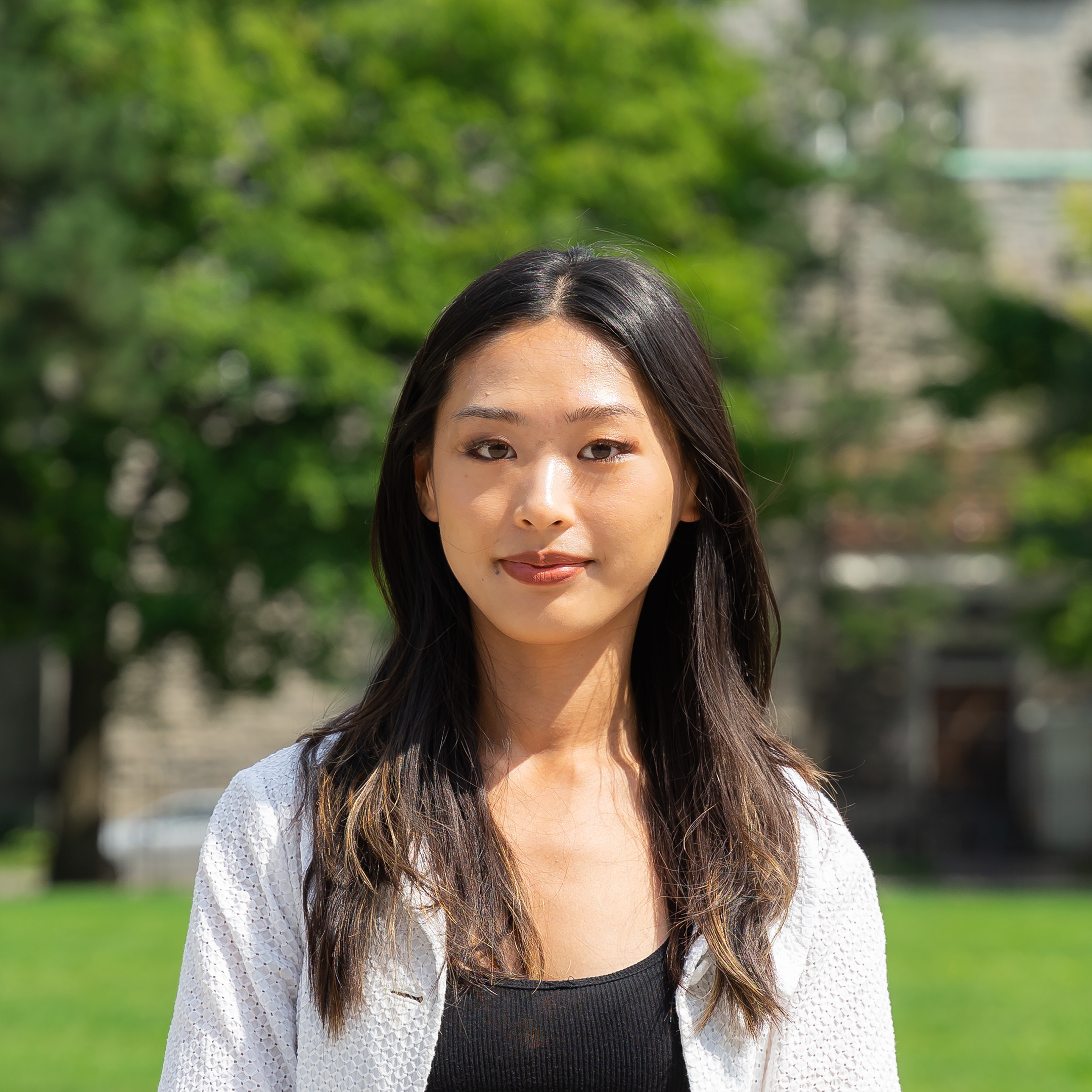Dread and anxiety of the summer solstice
Content Warning: This article includes mention of suicide.
Horror films are often defined by gloomy tones, with darkness that forebodes the frightening unknown lurking beneath the shadows. We tend to fear such tenebrosity and mystery, but Midsommar (2019) upends our natural association between the grotesque and the dark.
Although we tend to think daylight is our saving grace from jump scares and murder, the distressing and unpleasant tragedy of Midsommar shines in the sun. The colourful landscape of the remote Swedish village where the movie is set is captured by bright cinematography. Even so, it is often contrasted with blood and death. The harsh visual contrast between gore and light somehow transforms the open air countryside into something suffocating and dreadful.
The audience’s attention is drawn to our protagonist, Dani, played by Florence Pugh, who undergoes a psychological transformation throughout the film. Midsommar starts off bleakly as Dani’s sister dies by suicide after she’s shown killing their parents. Without fully recovering from her grief, Dani, her emotionally-unavailable boyfriend, and his friends, decide to venture to a remote village in Sweden’s countryside.
They travel in time for the Hårga community’s midsummer festival, but nightmarish events unfold throughout their stay. The community practices strange rituals and the main characters are bound to a set of strict rules. Folklore themes interlace the film, particularly displayed through the community’s eerie art depicting their perverse traditions. Whether it’s a pubic hair spell or ritual sacrifices, terrifying customs from the community are slowly revealed in the most unexpected ways.
Mentally unstable and still grieving, Dani becomes vulnerable to the cult visions that surround her. Her toxic and suffocating relationship with her boyfriend, Christian, contrasts the illusive utopia of the bright Hårga commune.
The characters eventually find themselves trapped in participating in the Hårga’s sinister and cult practices. The cultural practices of the community are traced in Hårga tradition, making the viewer’s stomach churn, dismayed at how something so grotesque can be framed as customary for human beings.
Midsommar is a film that visually defies other horror movies. The landscapes are green and beautiful. The community is dressed in white airy linens and colourful botany. But, the sunlight sets the stage for horribly uncomfortable scenes. The sunny beams create a tiring and mordant energy which sinks into the film; the two hours are reminiscent of the strange and uncomfortable dread felt by Mersault in the sun, if Albert Camus’s The Stranger was a horror movie.
Director Ari Aster doesn’t abstain from graphic imagery, and Midsommar is a slow burn that builds suspense. Its unique quality is the psychological discrepancy it evokes by pairing gore with light and the consequent fear it summons within. Midsommar reminds viewers that the grotesque doesn’t only lurk at night — horror film buffs will appreciate it for its distinctiveness.





